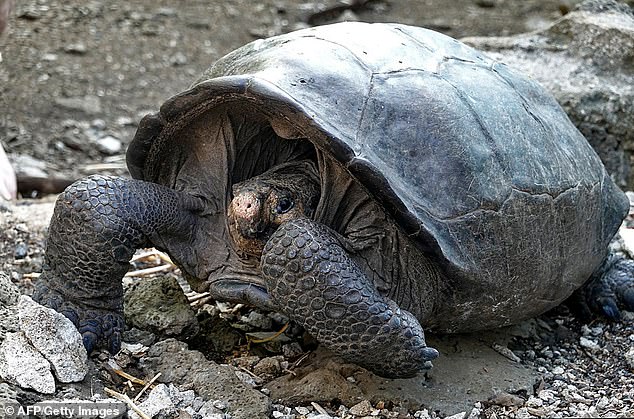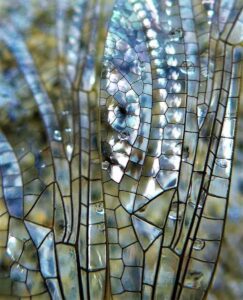In a story that has stunned scientists and inspired wildlife lovers, a species of giant tortoise long believed to be extinct has been found alive in the Galápagos Islands. The discovery — made on the island of Fernandina — marks one of the most remarkable rediscoveries in modern conservation history.
The adult female, identified as a Fernandina Giant Tortoise (Chelonoidis phantasticus), was found by researchers from the Galápagos National Park and the U.S. NGO Galápagos Conservancy. Experts believe this is the same species last seen more than a century ago, presumed wiped out by hunting and volcanic activity.
Full Story: Man Loses 360 Pounds Naturally—Internet Rallies to Support His Next Step
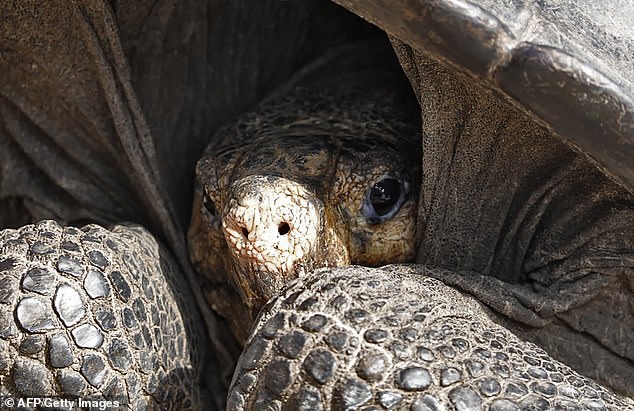
The Discovery That Changed Everything
The finding came during an expedition funded by Animal Planet for the documentary Extinct or Alive. Expedition leader Forrest Galante and his team trekked three miles across hardened lava fields before finding the tortoise deep under brush.
“As a biologist who has spent my life searching for animals thought to be gone, this is my proudest moment,” Galante said. “Much like Lonesome George symbolized extinction, she can symbolize hope. She’s possibly the rarest animal in the world.”
Scientists have confirmed the tortoise’s distinct features — a large body, smooth shell, and pale pink head — match descriptions from the last known specimen collected in 1906. Genetic testing is underway to confirm the connection, but early signs point to a perfect match.
Survival Against All Odds
The Fernandina Giant Tortoise is one of 14 known Galápagos tortoise species, though only ten are believed to have survived centuries of human hunting and colonization. Many were killed by sailors for food or destroyed by invasive species brought to the islands.
Fernandina itself remains a hostile environment — the most volcanically active island in the chain. Scientists believe small populations may have survived in isolated patches, shielded by geography and luck.
Related Story: Science Confirms Kelly Brook’s “Perfect Body” — But the Real Message Is Bigger Than Beauty
“Finding a living Fernandina tortoise shows that nature still has surprises,” said Ecuador’s environment minister Marcelo Mata, who announced the discovery. “It’s a reminder that conservation efforts matter — and sometimes, life finds a way.”
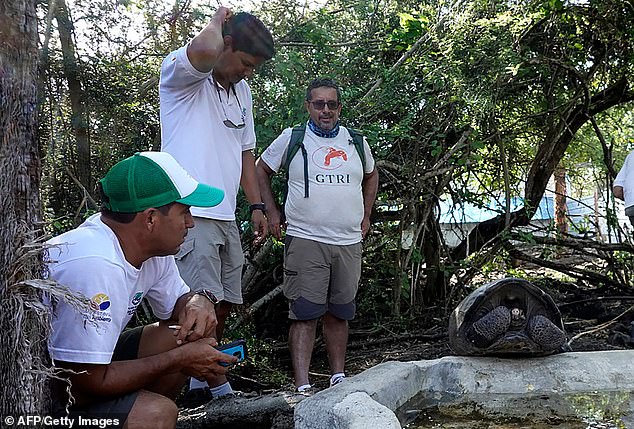
Signs Were Always There
Over the years, locals and rangers had reported unconfirmed sightings and tortoise droppings, but none could be verified. In fact, the species was officially listed by the IUCN as “critically endangered (possibly extinct)”.
“Those reports gave us hope,” said a spokesperson from Galápagos Conservancy. “Now that one has been found, we believe others may still be alive — though in very small numbers.”
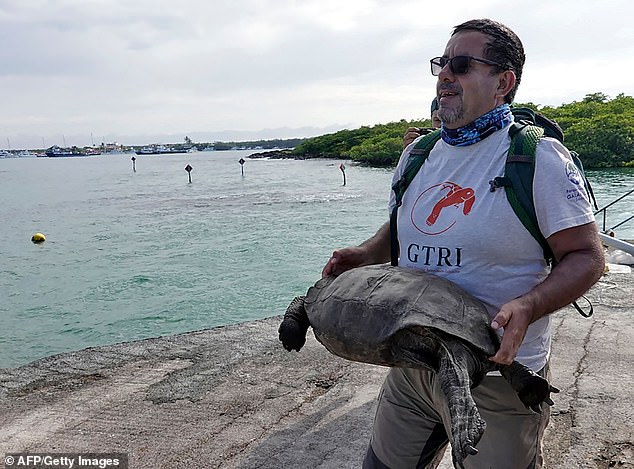
In 2015, Ecuador announced another major find: a new tortoise species on Santa Cruz Island, named Chelonoidis donfaustoi in honor of Fausto Llerena, the caretaker of Lonesome George — the last known Pinta Island tortoise, who died in 2012.
A Living Link to Darwin’s Theory
The Galápagos tortoises are central to the story of evolution itself. When Charles Darwin visited the islands in the 1830s, he noted how animals differed slightly from island to island. These differences helped inspire his theory of natural selection — showing how life adapts over generations to survive.
That same resilience seems alive in the Fernandina Giant Tortoise today. Despite volcanic eruptions, human interference, and a century of presumed extinction, this creature has endured — a living relic of a time before modern science understood how deeply connected all animals are.
The Galante team plans to return soon to search for more individuals, hoping to establish a breeding program. For now, the lone female represents both a scientific triumph and a quiet miracle — proof that life, even when forgotten, has a way of returning.
